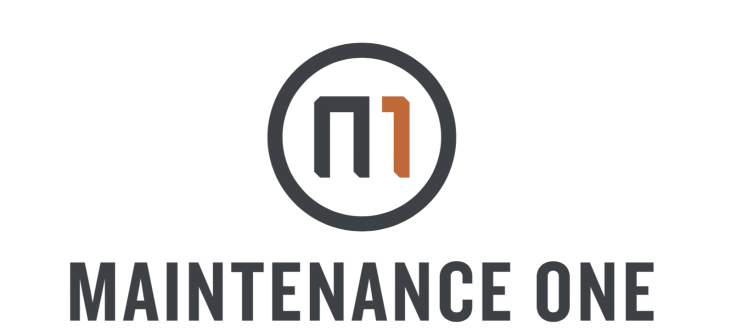Maintaining a clean environment at your place of business may seem straightforward, but trying to balance deep cleaning with inventory management makes things more complex. As Business Insider recently reported, with retail stores weathering more buying surges, everyone’s at risk of running short on cleaning supplies again.
So what’s the solution? How do you avoid that shortage hassle?
Make sure you’re not put in a bind by prioritizing the biggest culprits in your facility: common areas. Obviously that doesn’t mean you cut corners in your everyday cleaning just to save on soap, but you can focus your deep sanitization to maximize your inventory use.
1. Determining an Area’s Purpose
To begin: What is a common area? The CDC defines it as anywhere employees could have close contact. We might think of a break room as a place people gather, but what about a bathroom? Or a busy hallway? These might not be places people hang out, but they both see heavy traffic.
Everyone’s facility is different and the way your business uses your building changes things up too. So you’ll want to look at each section of your floor plan and ask yourself a few questions:
- What is the daily foot traffic like in these areas?
- Is this a place where employees AND guests/customers congregate?
- How critical is this area to your business?
These questions can help you figure out how much attention each space needs as well as what times during the day you can tackle the task of disinfecting the surfaces in each one.
2. Identifying an Area’s Surfaces
Surfaces play a huge part in how you approach cleaning a common area. For example, a busy hallway may not have many touch points, so air filtration may be the best solution. In contrast, a break room with a dozen cabinet handles, coffee machine buttons, and chairs provides plenty of real estate for contagious contaminants to gather.
As we’ve discussed before, you’ll want to identify any and all high-touch surfaces and treat them with the correct disinfectant. EPA registered disinfecting agents may require certain cleaning methods, personal protective equipment (PPE), and dilution requirements to use them safely and effectively.
Once you’ve identified your touch points and how to clean them, you’ll want to train your employees on the recommended methods as well as your new cleaning schedule to make sure you tackle sanitization after peak traffic times.
3. Determining the Solutions for your Common Area
To simplify, we’ve put together a quick checklist of the things you should do to better manage your common areas:
- Identify your common areas
- Identify peak traffic times
- Establish cleaning routines
- Teach your employees the recommended methods
- Carry out your sanitization on a regular basis
All this training, inventory management, and education may sound like a lot. But if you can manage your common areas, you can manage the bulk of your infection risk.
Another solution to make this easier on you is considering a cleaning crew during the pandemic. Experts can examine your facility, inspect your tools and traffic, and come up with a foolproof strategy for maximum cleaning.
At Maintenance One we’ve been staying current on all the CDC updates as more information on the COVID-19 pandemic is released. Our mission is to know how best you keep your employees safe without unnecessarily interrupting your usual work needs. Request a proposal and we can advise you on your sanitization goals regarding common areas in your workplace and help you accomplish them.

